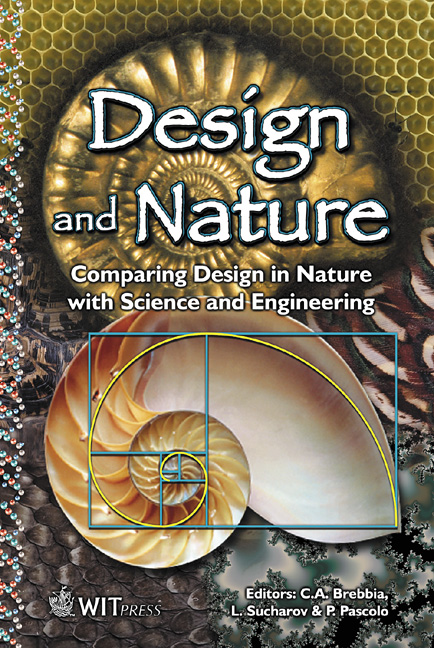Revealing The Parthenon’s Logos Optikos
Price
Free (open access)
Transaction
Volume
57
Pages
Published
2002
Size
1042 kb
Paper DOI
10.2495/DN020421
Copyright
WIT Press
Author(s)
D. C. Lewis
Abstract
Ancient architects incorporated into their temples subtle adjustments of form, position, and proportion that have come to be known as optical corrections. Column shafts taper, although with a fine convex augmentation known as entasis. Peristyle columns and entablatures incline toward the middle, while virtually every horizontal surface from foundations to pediments bows up in the middle. The intercolumniations, the space between columns, widens out from base to top of shaft, along with the comer columns being enlarged relative to other columns. The adjustments of form correct the perceptual condition known as the irradiation effect, in which architectural elements appear attenuated when in silhouette. The adjustments of position produce a corrected image, although not in the strict sense of correcting an apparent illusion evident with the adjustments of form. The adjustments of proportion synthesize the archtectonic and perceptual aspects of the previous two groups. Masons adjusted architectural elements’ height, width, or both to insure apparent uniformity of size. I will illustrate in this essay that Iktinos and Kallikrates, the architects of the Parthenon, conceived of these adjustments as optical corrections; however, their conception of an optical correction transcended the physiologically based definition of correcting an apparent illusion. The architektones conceived of these corrections as emulating Nature’s illusionary hidden ordering - its logos optikos. Also, they conceived the corrections as apperceptions, as epistemological instruments that manifested architectonically the limits of vision. The architects allowed observers the opportunity to perceive architectural elements as different configurations and proportions that made observers aware of the thresholds of visual acuity and adverse effects of silhouetted contrast. Last, the architects conceived of the corrections as the nexus between realistic conditions and idealistic intent. They strove to present to all observers apparent
Keywords





